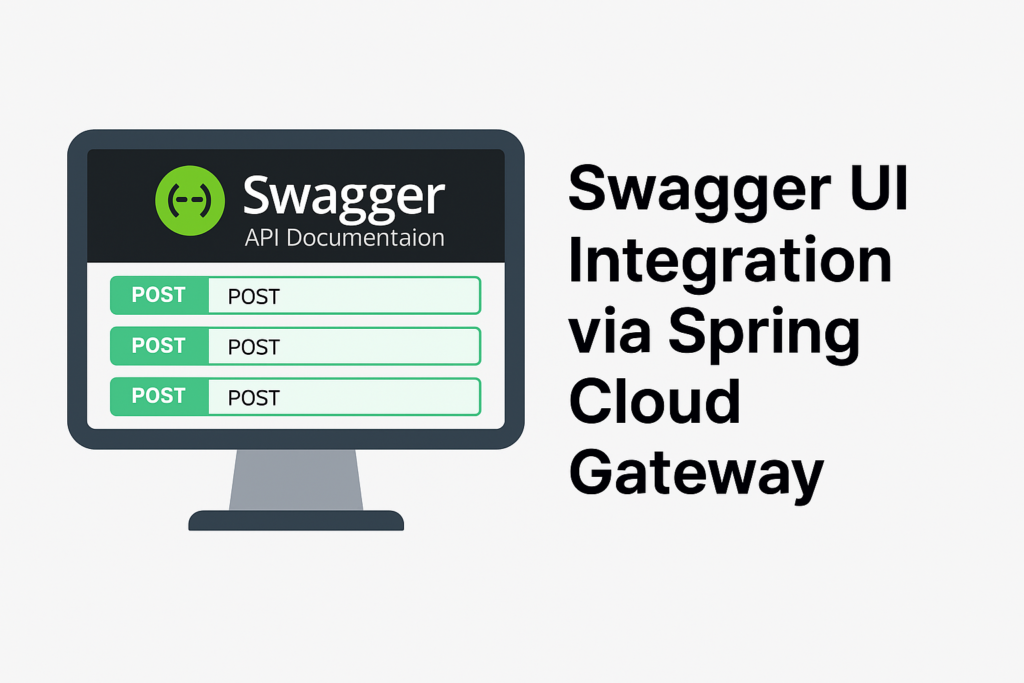1. 🎯 Purpose
This document explains how Spring Security’s authentication flow is custom-configured and used inside the auth-service module of the AdventureTube microservices system, especially for authenticating users via Google ID tokens.
2. 🔐 Authentication Scenario
The only point where authentication is explicitly triggered is during
POST /auth/issueToken.This endpoint receives a valid Google ID token, extracts the user’s email and Google subject ID, and uses Spring Security to authenticate.
3. ⚖️ Custom Authentication Provider Registration
A
CustomAuthenticationProvideris defined, extendingDaoAuthenticationProvider.It sets a custom
UserDetailsService(i.e.,CustomUserDetailsService) and aPasswordEncoder.This provider allows overriding the
authenticate()method to customize the authentication logic.
Registration Flow:
In
AuthServiceConfig, Spring creates anAuthenticationManagerbean.The
customAuthenticationProvider()method returns a newCustomAuthenticationProviderinstance.This provider is registered with Spring Security:
AuthenticationManagerBuilder authenticationManagerBuilder = httpSecurity.getSharedObject(AuthenticationManagerBuilder.class); authenticationManagerBuilder.authenticationProvider(customAuthenticationProvider()); return authenticationManagerBuilder.build();
4. ⚡️ Triggering the Custom Authentication Logic
In
AuthService.issueToken(), the following line initiates the authentication process:Authentication authentication = authenticationManager.authenticate( new UsernamePasswordAuthenticationToken(email, googleId));
What happens under the hood:
Spring Security passes the token to the registered
CustomAuthenticationProvider.Inside
CustomAuthenticationProvider.authenticate(), it does:UserDetails userDetails = getUserDetailsService().loadUserByUsername(email);This calls
CustomUserDetailsService.loadUserByUsername(email).CustomUserDetailsServiceusesRestTemplateto call themember-serviceto retrieve user data.Spring compares the raw
googleIdwith the stored encoded password using thePasswordEncoder.On success, the
Authenticationobject is returned and used to issue JWT tokens.


